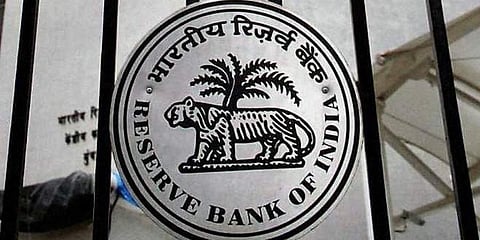

NEW DELHI: The Reserve Bank of India (RBI) has decided to roll out the Legal Entity Identifier (LEI) system from April 1 for transactions of Rs 50 crore and above undertaken by entities (non-individuals) through the central bank-run Centralised Payment Systems.
LEI is a 20-digit number used to uniquely identify parties to financial transactions across the world.
It was conceived as a way of improving the quality and accuracy of financial data systems for better risk management post the 2008 financial crisis.
In preparation for the wider introduction of LEI across all payment transactions, the banking regulator has asked member banks participating in Real Time Gross Settlement (RTGS) and National Electronic Funds Transfer (NEFT) to advise entities who undertake large value transactions to obtain an LEI in time, if they do not have one already.
Once the system is implemented, member banks should include remitter and beneficiary LEI information in RTGS and NEFT payment messages.
Further, they will have to maintain records of all transactions of Rs 50 crore and above through RTGS and NEFT. India, An LEI can be obtained from Legal Entity Identifier India Ltd. (LEIL), which is also recognised as an issuer of LEI by the Reserve Bank under the Payment and Settlement Systems Act, 2007.
LEI has already been introduced by the Reserve Bank in a phased manner for participants in the over the counter (OTC) derivative and non-derivative markets. Large corporate borrowers also require the identifier.
Digital payment infra boost
Separately, the RBI on Tuesday also announced operational guidelines for the Payments Infrastructure Development Fund (PIDF) Scheme, in a bid to encourage the deployment of digital payment infrastructure in tier-3 to tier-6 centres.
The fund will be used to subsidise banks and non-banks for payment infrastructure deployment and would be contingent upon achieving specific targets.
The central bank has constituted an advisory council under the chairmanship of B P Kanungo, a deputy governor, to manage the fund. The PIDF will be operational for a period of three years from January 1, 2021, and may be extended for two more years depending upon the progress.
At present, the fund has a corpus of Rs 345 crore, of which Rs 250 crore was contributed by RBI.